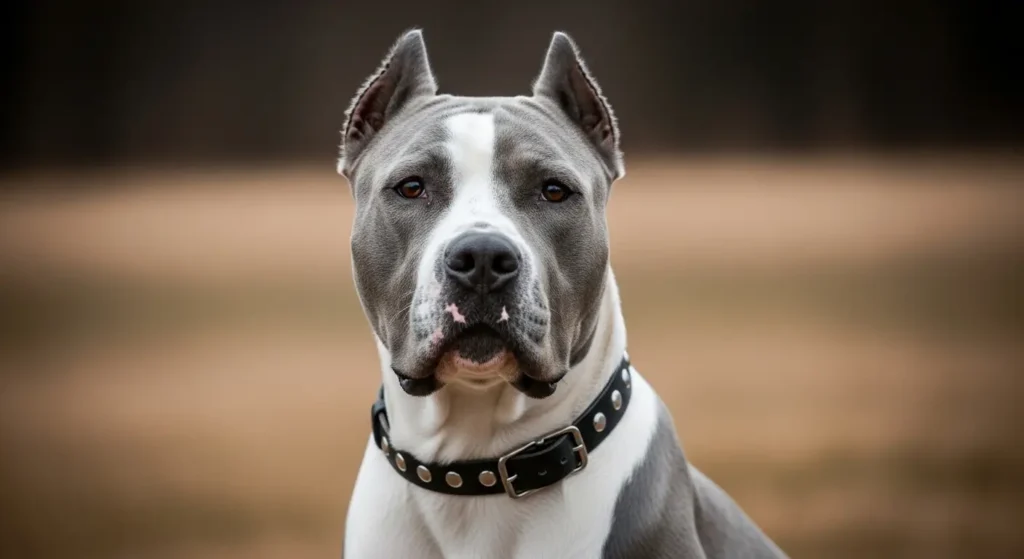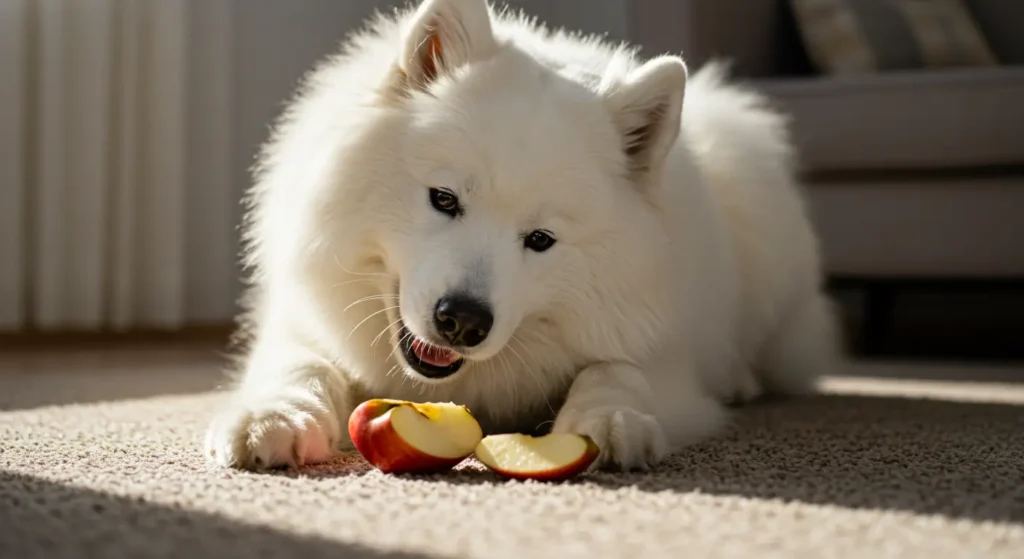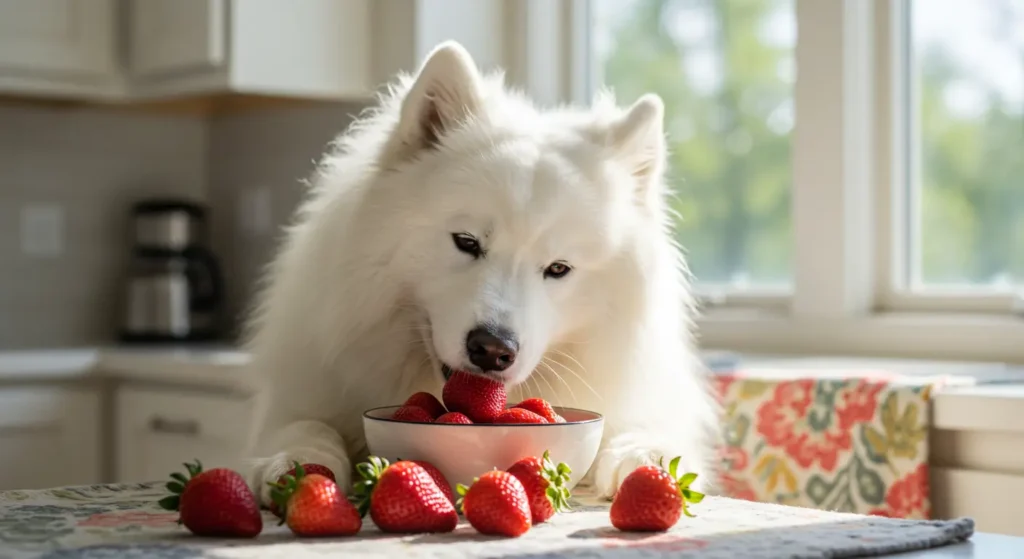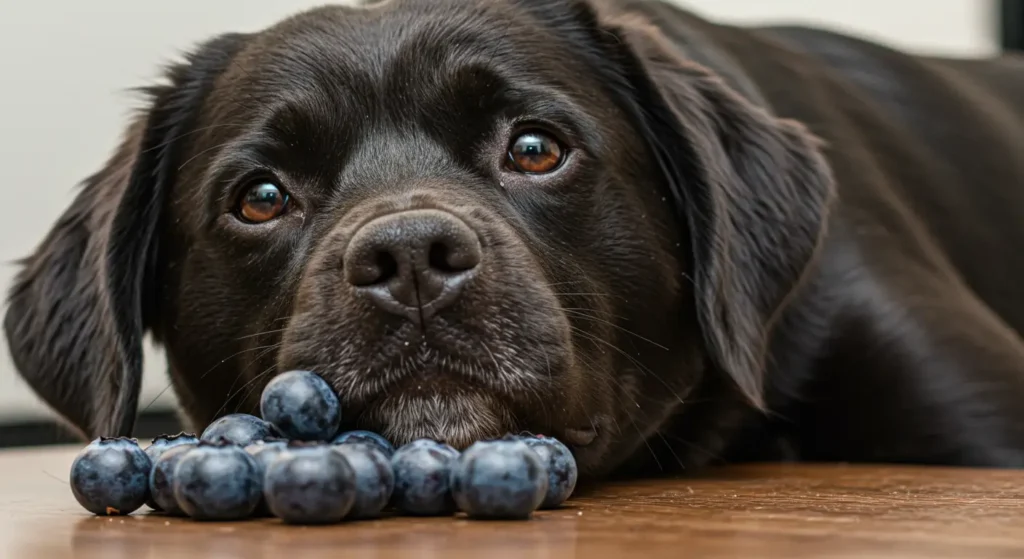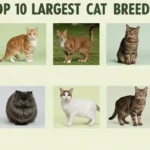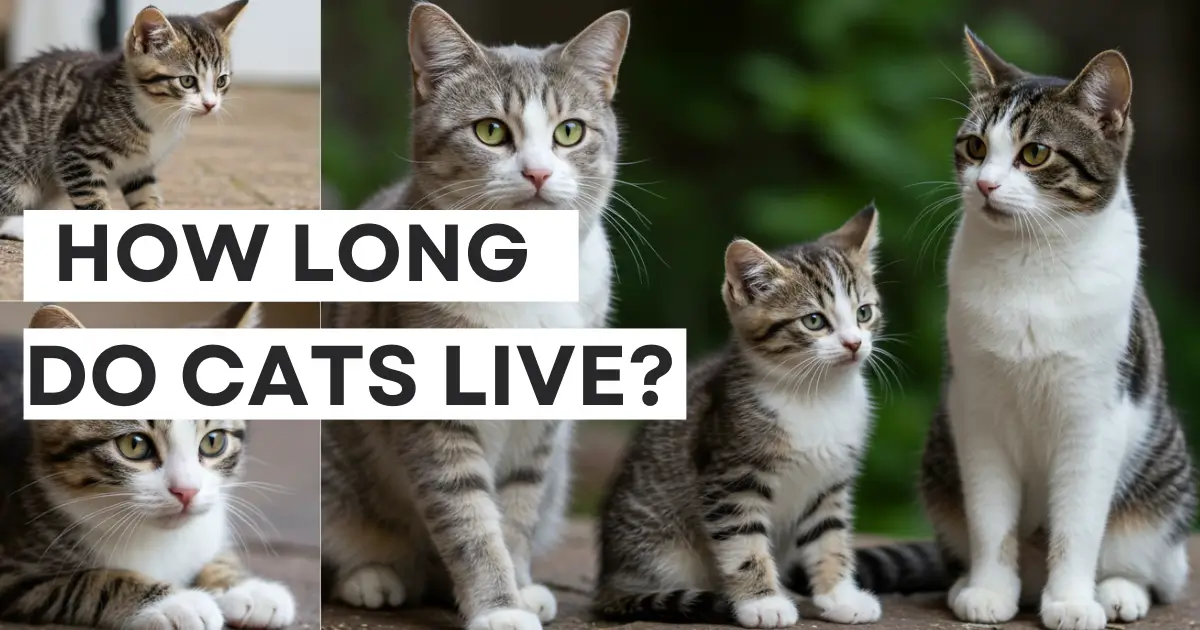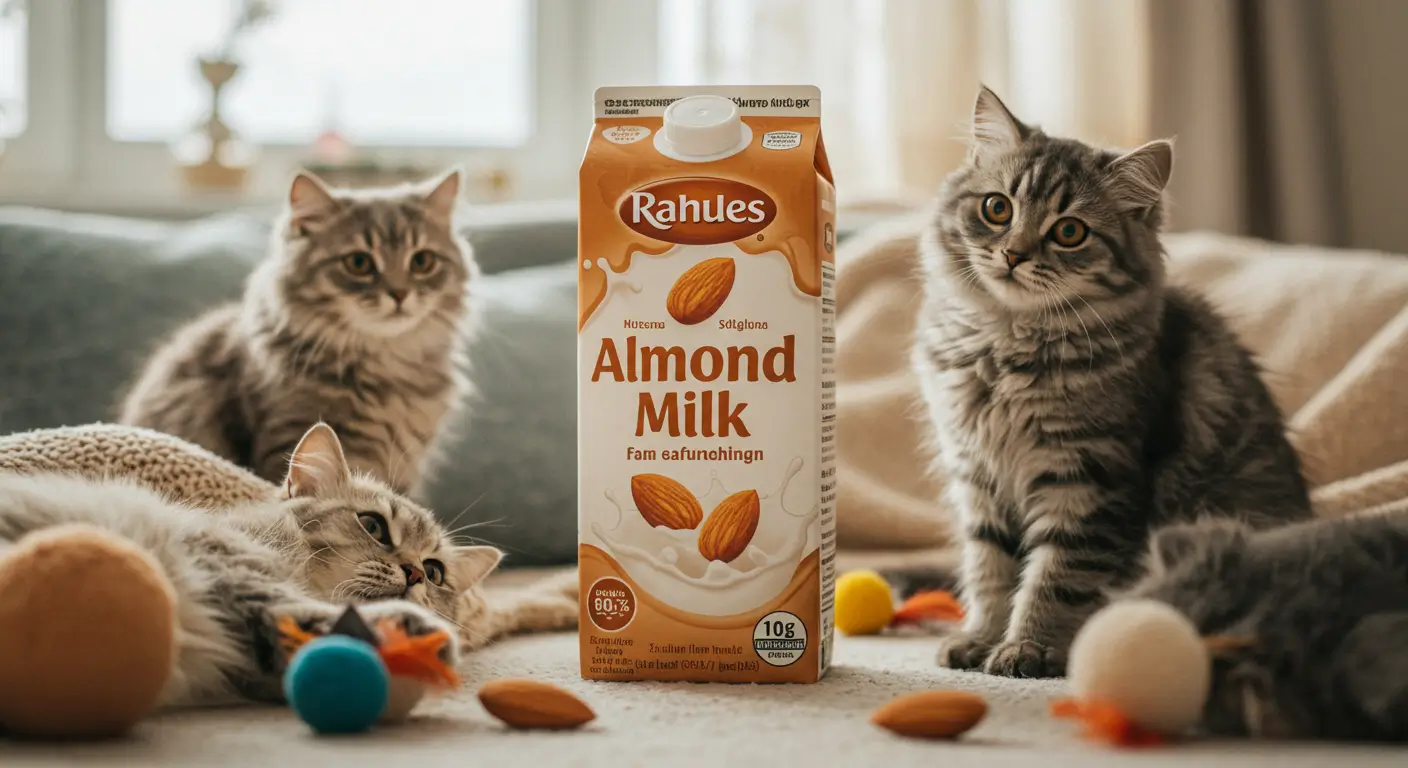Why Do Cats Knead? Understanding the Adorable ‘Biscuit-Making’ Behavior
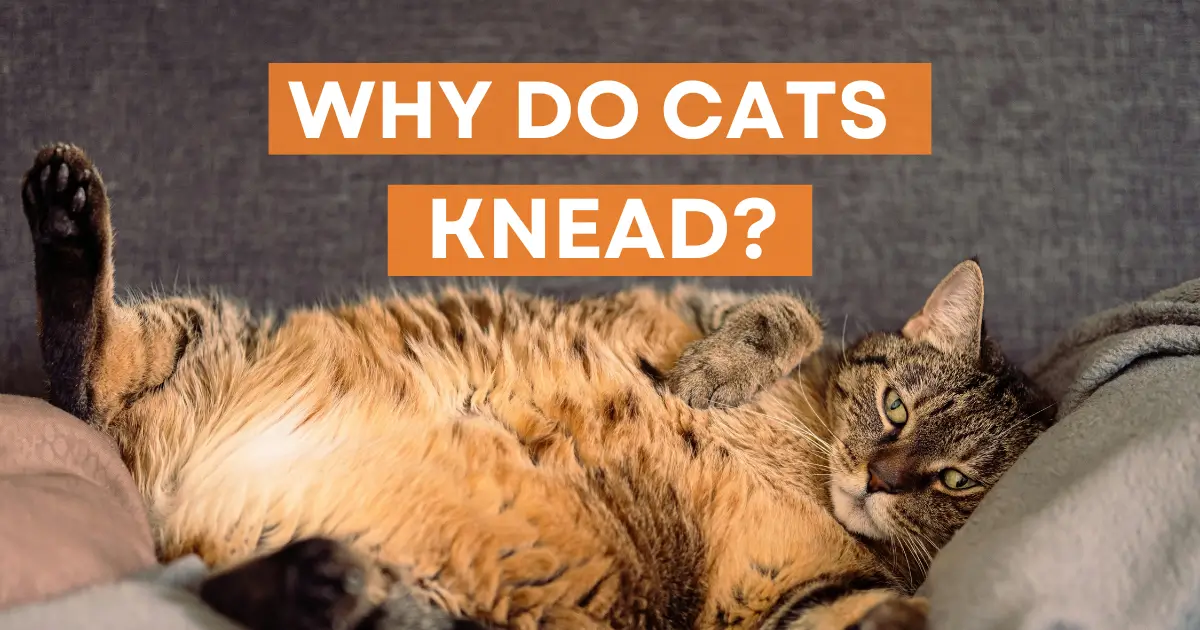
If you’re a cat owner, chances are you’ve watched your feline companion press their tiny paws into your lap, a blanket, or even your chest, rhythmically alternating back and forth. It’s a behavior so cute, it’s often called “making biscuits.” But have you ever wondered, why do cats knead? Is it just a quirky habit, or does it serve a deeper purpose?
This article dives into the mysteries behind kneading, explores the reasons why your furry friend might be indulging in this behavior, and offers practical tips for understanding and managing it. Whether you’re a lifelong cat lover or new to feline companionship, this guide is designed to answer all your questions and leave you marveling at the intricate world of cat behavior.
- What Is Cat Kneading? A Look at This Feline Quirk
- Why Do Cats Knead? Key Reasons for This Behavior
- Is Kneading Ever a Cause for Concern?
- How to Encourage Healthy Kneading Habits
- FAQs About Why Cats Knead
- Tips for Managing Cat Kneading
- Signs Your Cat Is Happy While Kneading
- Conclusion: Embracing the Quirks of Cat Kneading
What Is Cat Kneading? A Look at This Feline Quirk
Kneading is a common cat behavior where your furry friend alternates pressing their front paws into a soft surface, such as a blanket, cushion, or even your lap. The motions are often slow, deliberate, and paired with a look of contentment on their face.
The Origins of Kneading
Kneading is an instinct cats develop as kittens. Newborns knead their mother’s belly to stimulate milk flow during nursing. This behavior is deeply ingrained in their instincts, which is why it often continues into adulthood, even though the need for nursing has long passed.
Cats often knead when they’re comfortable and secure. In many ways, kneading is a sign that your cat feels at ease, a behavior rooted in their earliest days of comfort and nourishment.
Why Do Cats Knead? Key Reasons for This Behavior
Understanding why cats knead can help you interpret your cat’s actions more effectively. Below are the most common reasons behind this behavior.
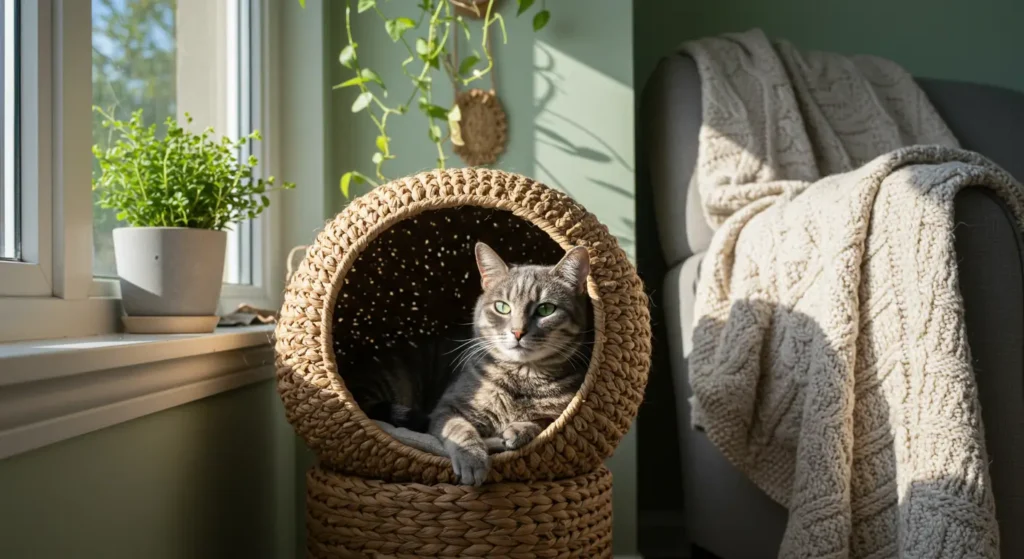
1. Comfort and Relaxation
When your cat kneads, it’s often a sign they feel safe and happy. This is why they might knead while sitting on your lap or when they’re preparing to curl up for a nap. It’s their way of unwinding and signaling that they trust you.
2. Marking Territory
Cats have scent glands in their paw pads, and kneading helps them mark their territory. Each time they press their paws into a surface, they’re leaving behind their unique scent. In their mind, they’re claiming ownership of that space—or you!
3. Preparing a Cozy Spot
If you’ve ever noticed your cat kneading before lying down, it’s likely because they’re mimicking their ancestors. Wild cats knead to flatten grass or leaves to create a comfortable and secure resting spot.
4. Showing Affection
Kneading is one of the ways cats express their love and affection. If your cat kneads you, it’s their way of saying, “You make me feel happy and safe.”
5. Stretching and Muscle Engagement
Just like humans enjoy a good stretch, cats use kneading to flex their paws and stretch their muscles. It’s a natural, feel-good activity for them.
Is Kneading Ever a Cause for Concern?
While kneading is typically harmless, there are times when it can become problematic or indicate underlying issues.
When Kneading Becomes Excessive
If your cat kneads excessively or seems anxious while doing it, they might be stressed or bored. Excessive kneading can sometimes indicate a deeper emotional issue, such as separation anxiety or environmental stress. Providing enrichment through toys, scratching posts, or even calming sprays can help alleviate their stress.
Managing Sharp Claws
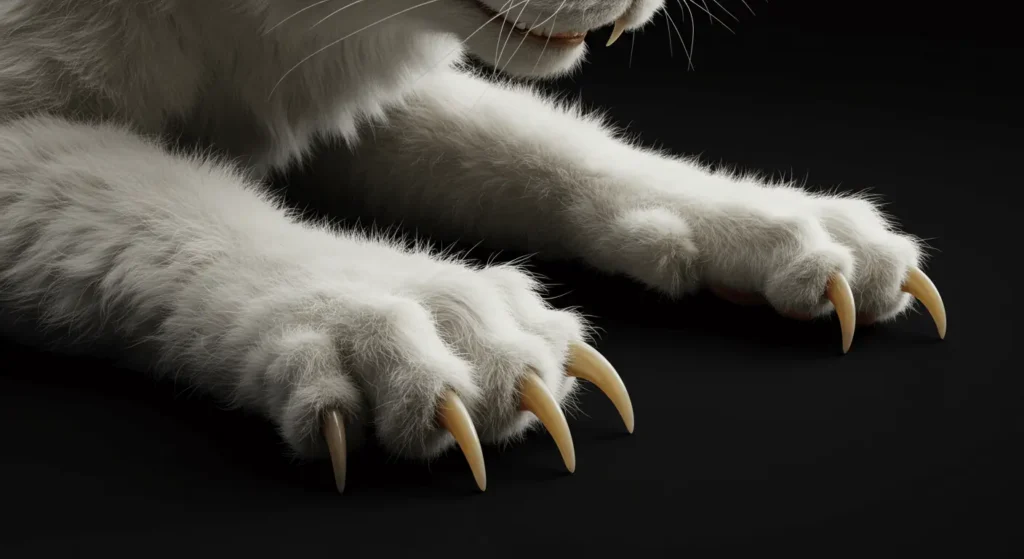
If your cat kneads on bare skin, it can be uncomfortable, especially if their claws are sharp. Keep your cat’s nails trimmed to reduce the risk of scratches, and consider placing a soft blanket between you and your cat when they knead.
How to Encourage Healthy Kneading Habits
Kneading is a natural behavior, and you shouldn’t try to stop it altogether. Instead, here are some tips to ensure your cat can knead comfortably without causing issues.
Provide the Right Surfaces
Encourage your cat to knead on soft, designated surfaces, like a cozy blanket or a kneading pad. Having a variety of soft textures around your home can give them plenty of options.
Use Positive Reinforcement
Reward your cat with treats or affection when they knead on appropriate surfaces. This will help reinforce good habits without discouraging the behavior altogether.
Protect Your Skin
If your cat insists on kneading your lap, place a folded blanket or cushion between you and their paws. This not only protects your skin but also allows your cat to continue their comforting ritual.
FAQs About Why Cats Knead
Do All Cats Knead?
No, not all cats knead. While it’s a common behavior, some cats may skip it altogether. This doesn’t mean they’re unhappy; it simply means they express themselves differently.
Why Do Cats Knead and Purr at the Same Time?
Kneading and purring often occur together because both are signs of relaxation and contentment. If your cat is doing both, it’s safe to say they’re in their happy place.
Is Kneading a Sign My Cat Loves Me?
Absolutely! When your cat kneads you, they’re showing trust and affection. They see you as a source of comfort and security.
Can I Stop My Cat From Kneading on Me?
If kneading becomes uncomfortable, you can redirect your cat to knead on a soft blanket or cushion. Avoid scolding them, as kneading is a natural and instinctive behavior.
Tips for Managing Cat Kneading
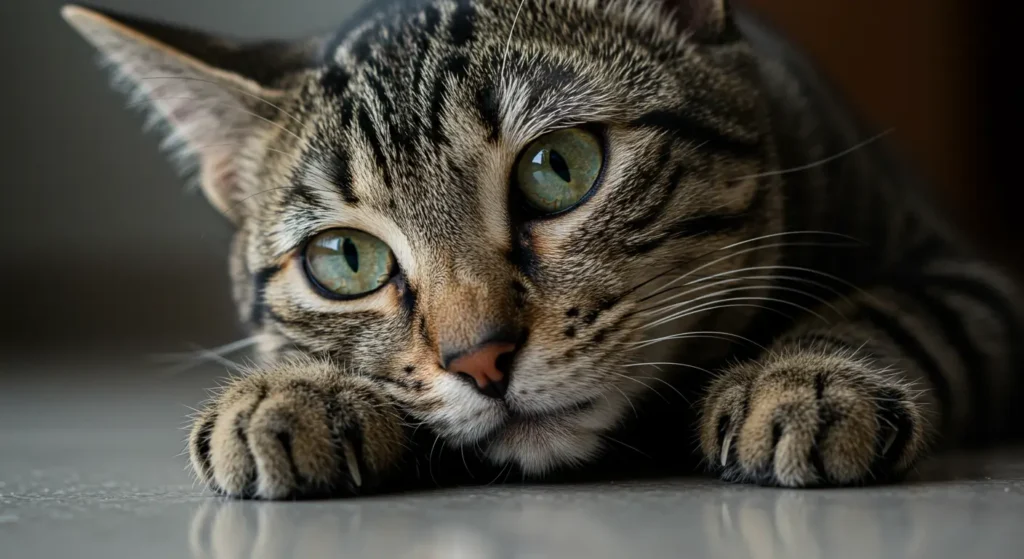
Here’s a quick table to help you address some common kneading challenges:
| Challenge | Solution |
|---|---|
| Sharp claws while kneading | Trim your cat’s nails regularly. |
| Kneading on bare skin | Use a soft blanket or cushion as a barrier. |
| Excessive kneading | Ensure your cat is stress-free and comfortable. |
Signs Your Cat Is Happy While Kneading
Not sure if kneading means your cat is content? Look for these signs:
- Soft, rhythmic paw movements.
- Relaxed body language, often with eyes half-closed.
- A gentle purring sound accompanying the kneading.
Conclusion: Embracing the Quirks of Cat Kneading
Kneading is one of the many delightful quirks that make cats such fascinating companions. Whether it’s a sign of relaxation, affection, or an instinctual behavior rooted in their kittenhood, kneading is a window into your cat’s emotions and needs.
By understanding why cats knead and encouraging healthy habits, you can deepen your bond with your feline friend while ensuring their comfort—and yours!



